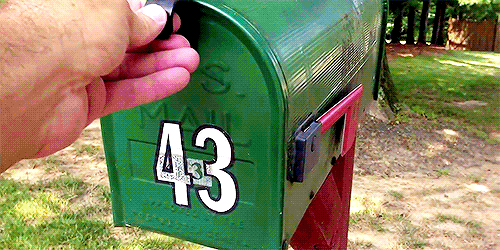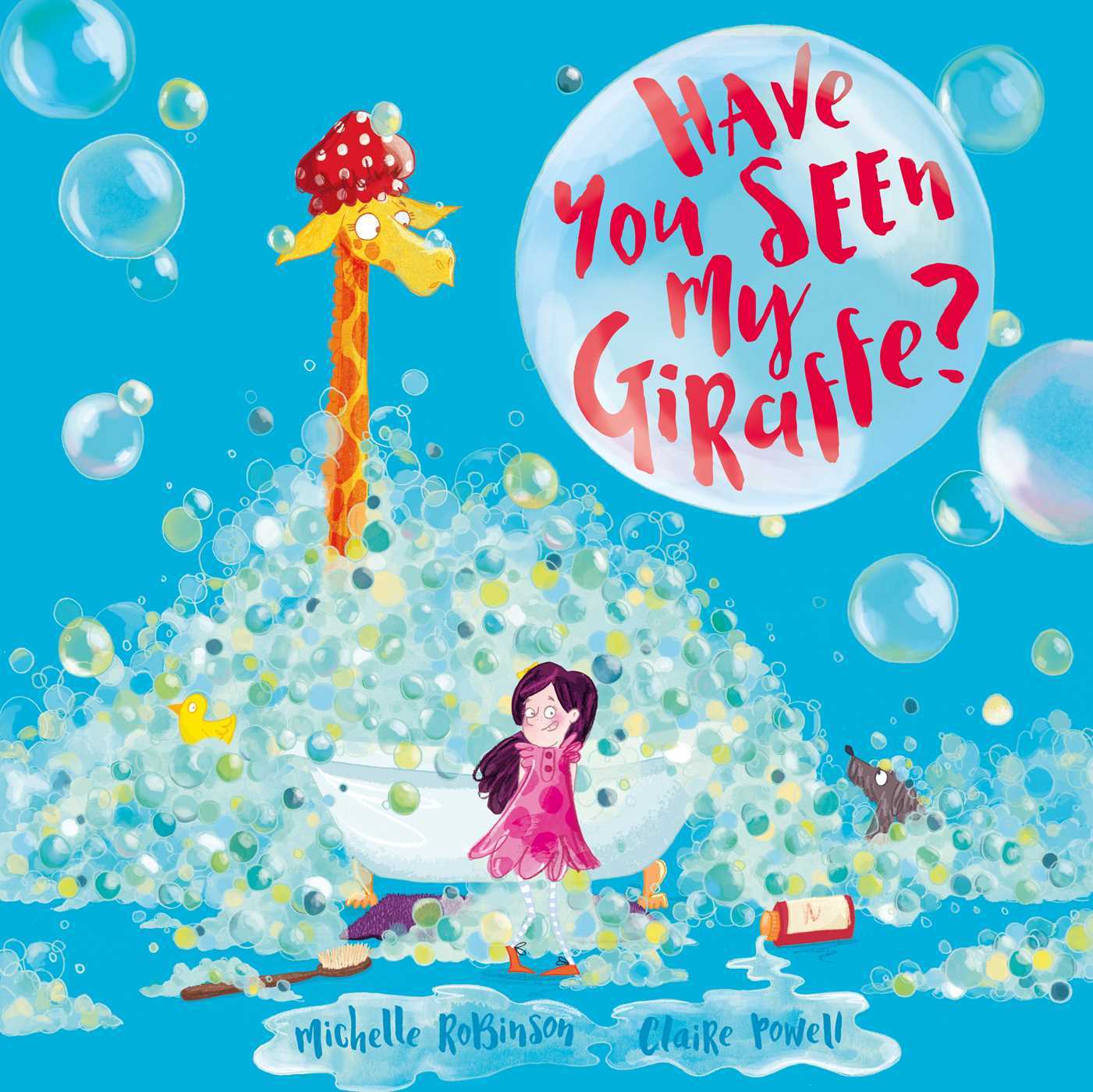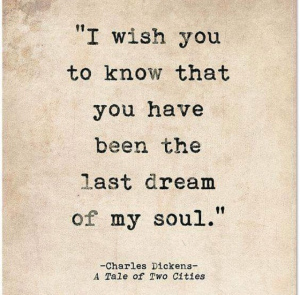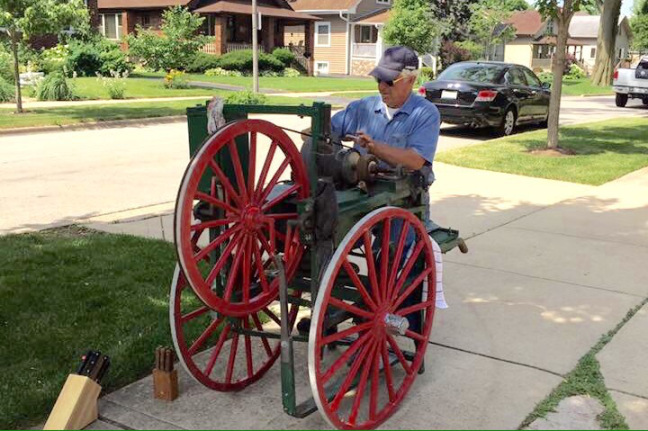This article contains spoilers for the ending of The Prisoner.
I’d rather stay here with all the madmen than perish with the sad men roaming free.
All the Madmen David Bowie
It’s a sultry sun-drenched afternoon in London. The capital is enjoying a late hot summer. Our temporal location this time is 29 September 1967. Office workers are causing a stir in the city as the girls’ hemlines rise scandalously above the knee while their boyfriends’ hair reaches tentatively down to touch the collar of their flamboyant floral-patterned shirts. We’ve even seen a few tentative kaftans, love beads and daisies in the hair of the more bravely bohemian.
Some of the kids who just three years ago were enthralled to discover that the heavy blue doors of a battered old police box contained a cosmic wonderland, (its imperial, sombre exterior and its crotchety old owner belying the adventure and the madness within) and that a certain secret agent oozing suave sophistication was licensed to kill, are now teenagers. Escaping into their own internal and external universes.
Indeed, escape is in the air and old shackles are being thrown off while certainties about the world become less sure. As Cold War paranoia and recreational pharmaceuticals fuel the collective imagination this was bound to be reflected in the entertainment media
There was a palpable impetus in 1967 to construct play-spaces within the bleak, still slightly post-war architecture of British normality. The Beatles had begun the subversion with their ever-lengthening pop songs whose lyrics became more oblique and esoteric. Alice in Wonderland was the ur-text for the scene; its combination of English pastoral and thinly veiled satirical takedown of Victorian values fit the mood perfectly. Suddenly everyone was searching for their own Rabbit Hole or Looking Glass gateway to enlightenment.
Three years is a long time in Pop culture where trends come and go in the blink of an eye. In the three short years between the first episode of Doctor Who, the first James Bond movie and the first episode of The Prisoner. Between I Wanna Hold Your Hand and Sgt Pepper there had been a cultural shift which would impact not only music and fashion but the way people thought about the world and their lives. It was called psychedelia. While the Russian/American Space Race still inspired stories of rockets and alien worlds (Star Trek had just launched in the US) for many on the cutting edge of Sci-Fi writing, outer space become less interesting than inner space. The ‘science’ in science fiction was switching disciplines, turning away from physics and toward psychology. It was time to expand our minds and loosen our attitudes. The old ways just didn’t cut it man. What was a hip Secret Agent, himself a symbol of the very forces of control being rejected, to do but ‘turn on tune in and drop out’? To quote the opening sequence voice-over –
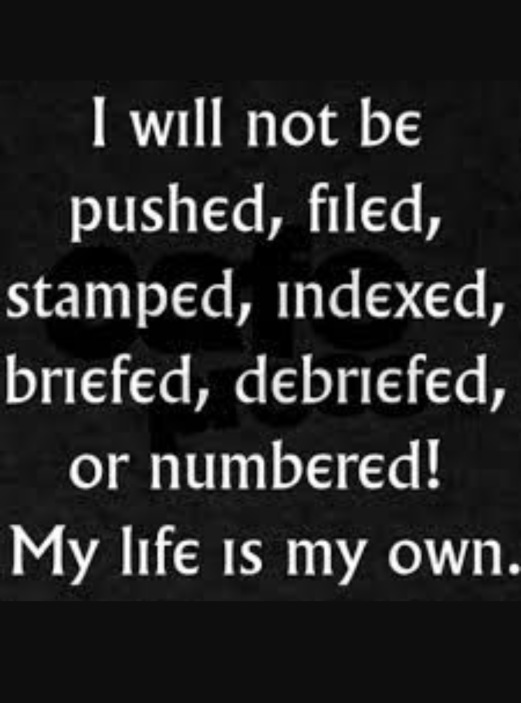
“I will not make any deals with you. I’ve resigned. I will not be pushed, filed, stamped, indexed, briefed, debriefed or numbered. My life is my own. I resign!”
During the 1960s and 1970s The Prisoner’s production company, ITC, owned by British TV mogul Sir Lew Grade, created a slew of garish TV serials, some excellent some instantly forgettable, primarily for the export market. These glossy, garish, mostly spy-fi genre shows (a lot of which I’ll be covering here) such as The Saint, The Protectors, Man in a Suitcase, included amongst their roster a not very successful but actually rather well done series called Danger Man (retitled Secret Agent in the USA) starring a charismatic young actor called Patrick McGoohan. The prototype for The Prisoner can be seen in the Danger Man episode Colony 9, in which McGoohan’s character John Drake is tasked with infiltrating an English ‘village’, really a kind of Spy School somewhere in the Soviet Union. When Danger Man concluded its run McGoohan pitched to ITC a series of his own devising called The Prisoner, in which a secret agent (never named but assumed by most to be John Drake) resigns and is then abducted and subjected to seventeen episodes worth of psychological torture and surreal games of cat-and-mouse in the setting of what appears to be a psychedelic holiday camp.
Allegedly Patrick McGoohan had been offered the role of James Bond before Sean Connery and turned it down for moral reasons. McGoohan disapproved of Bond’s womanising and fetishization of guns. This attitude demonstrably informs The Prisoner. Number 6 has few romantic liaisons in the series and the few times Number 6 picks up a gun it’s usually to dispose of it. Although the show was sold as a thriller in the mould of its forerunner, Danger Man, its countercultural themes soon became apparent and it arguably created the very genre of Cult TV. Like Twin Peaks in later decades, its flawed genius has sparked the imaginations of many.
Every episode of the Prisoner begins with a montage of Number Six’s resignation and abduction and the following voice over dialogue:
Number 6: I will not make any deals with you. I’ve resigned. I will not be pushed, filed, stamped, indexed, briefed, debriefed or numbered. My life is my own. I resign.
Where am I?
Number Two: In the village.
Number 6: What do you want?
Number Two: Information.
Number 6: Whose side are you on?
Number Two: That would be telling. We want information… information… information!
Number 6: You won’t get it!
Number Two: By hook or by crook, we will.
Number 6: Who are you?
Number Two: The new Number Two.
Number 6: Who is Number One?
Number Two: You are Number Six.
Number 6: I am not a number; I AM A FREE MAN!
Number Two: [laughter]

In this opening sequence an anonymous agent (McGoohan, ostensibly playing the same role as in Danger Man) angrily resigns from his job in what appears to be a heavily bureaucratic and clandestine British government organisation. The scene contains some heated argument between the agent and his superiors which we cannot hear, encouraging us to fill in our own anti-establishment rant of choice, positioning what could have been a difficult character to identify with, an elite, middle class, white-collar protagonist, as a kind of everyman. We follow him back to his London flat where, while hurriedly packing, he is overcome by gas and collapses. When he wakes, he finds he is held captive in a re-creation of his flat, located in an enigmatic, isolated seaside town with curious architecture which we will soon discover is known to its inhabitants as ‘The Village’.
The Village is secured by surveillance systems and security forces including a bizarre white balloon device called Rover that hunts down and recaptures or destroys those who attempt escape. All the inhabitants of the Village are assigned numbers, which give no clue as to any person’s status within the Village. The eponymous Prisoner therefore has no idea who he can trust. The protagonist is assigned Number Six, but he repeatedly rejects this new identity.
The echoes of Kafka are, so far, evident and foregrounded enough that we look set for a kind of Sixties Spy-Fi take on The Trial or The Castle mixed of course with the obligatory ‘we’re all mad here’ Alice in Wonderland vibe.
To add to the paranoia, Number Six is personally monitored by Number Two, who acts as an agent for the unseen Number One. A variety of techniques of mind control, dream manipulation, social indoctrination and physical coercion are tried on him each week. The ostensible motive of interrogation, to elicit the oft repeated mantra ‘INFORMATION’, often seems subordinate to the purpose of general psychological disorientation. The forces of control are as adept at mind altering as the forces of Hippie anarchy it seems.
The character of Number Two is played by various actors. Sometimes this feels extra-diegetic, part of the larger plan to confuse Number Six and, by associative resonance, us; at other times, it seems to be a change of personnel made because of the failure of whatever the project is.
Number Six, distrustful of all authority, the good anti-hero, refuses to co-operate or provide the answers they seek while continually making his own plans for escape, learning all he can about the Village in an attempt to subvert its operation. His individualism becomes his flag of convenience. We are constantly reminded that, as an audience, we don’t actually know what he wants, apart from escape. We’re as in the dark as to his motives as the Village hierarchy. Like the soon to fall, (with Altamont and Charles Manson) counter-culture dream, McGoohan wants to have his trippy cake and eat it too.

A lot of the cult acclaim for The Prisoner rests on this ambiguity and of course its final episode Fall Out. See what they did there? The Fall-Out of a nuclear conflagration, surely the inevitable end game of the Cold War chess game, the mise en scene of the whole Spy Fi genre is all we can expect. It won’t matter who wins. Mutually Assured Destruction is the result whether Number Six escapes the Village or not. He can fall out of the world, fall out of love with the dream, fall out of the rabbit hole but we’ll be left with the depressing fall out of the real world. Unless…
A good case can be made that the real denouement is the reveal that Number Six is Number One all along. The shock, twist- ending lampshaded in the voice-over at the beginning of every episode –
“Who is Number One?”
“You are Number Six”
Except it isn’t. I mean what would that actually mean? That the Prisoner has been keeping himself prisoner? Interrogating and torturing himself for information that he either already has or doesn’t know (take your pick, you can have it both ways). That we are all prisoners of ourselves in some way while searching vainly for enlightenment? (ooh, deep man!).
The scene which bears the most weight in fan analysis is the one where Number Six pulls off the mask of Number One and discovers his own face behind the mask. In fact his own face is the third face he reveals. Number One wears the same black and white mask that all the Villagers are wearing in this episode. When Six pulls off that mask, underneath he’s wearing a gorilla mask. After that mask is uncovered Number One looks at Six with his own face but it’s a blink and you’ll miss it moment and I don’t feel it has the significance that some readings suggest but of course that’s all subjective.
No. the ‘explanation’ if you really feel you need one, the ‘meaning’, if such a thing could be usefully essayed, of the final episode of the Prisoner is not to neatly wrap everything up but to continue the themes of escape set up throughout the series, to reject, indeed to resign from any narrative conclusion; despite, of course, the fact that The Prisoner, as a series has, had to, well and truly come to an end.
Fall Out’s plot is nonsense. In a very traditional way. The tradition of the entertaining British nonsense of Edward Lear, of Lewis Carrol, of Monty Python (only just on the TV horizon at this point in time but it’s had its precursor in shows such as The Goons) of the plays of the Theatre of the Absurd school of Harold Pinter, N F Simpson and Samuel Beckett, and yes of the psychedelic experimentation of the Beatles Magical Mystery Tour.
The trial of Number Six, begins as an inevitable pastiche of Kafka but develops into a very European art-house surreal dreamscape like something out of Ionesco. It reaches a conclusion of sorts ostensibly by rejecting its own premise. The writers and McGoohan himself, like Lynch with season two of Twin Peaks have rebelled against the reactionary dictates of the studio and ‘released’ The Prisoner and, I would argue, of its own volition, beyond the control of the writers, it has ironically escaped the confines of linear narrative.
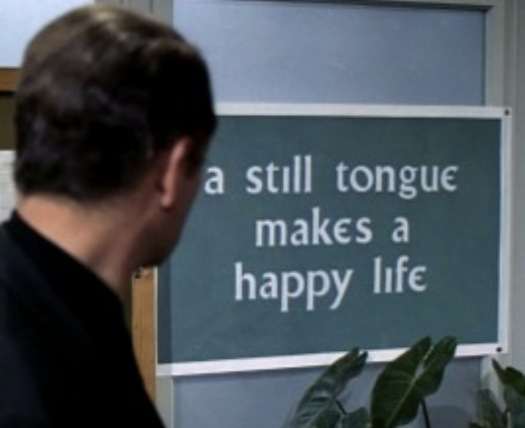
Despite the psychedelia and Theatre of the Absurd trappings The Prisoner, viewed from the perspective of the 21st century is probably most effective when it remembers its roots in Cold War paranoia and McGoohan’s role as Danger Man. When it starts behaving like The Man From Uncle on Acid it presents a dilemma to some viewers whose ‘Kafka writes a Bond movie/paranoia narrative’ reading, that the prisoner was going to leave the Village to have adventures in the outside world, but ultimately always be a prisoner and that the forces of control would always be there or that, if end it must, it would all end with a fight scene and a witty quip, in other words that it would have a standard ITC thriller explanation is frustrated. Fall Out was McGoohan reminding the audience that, like Lynch with season three of The Return, he was the auteur and there would be no pandering to what they thought they wanted or needed.
I’ll be continuing my episodic examination of The Prisoner as well as Doctor Who and other British Uncanny TV shows such as Sapphire and Steel, Randall and Hopkirk: Deceased, Adam Adamant and Ace of Wands in future essays for Cult TV. I hope you enjoy them. Do leave a comment below and let me know.
For further reading, click here for The Prisoner and Twin Peaks, Part A by John Bernardy
Help us keep the conversation alive! We publish new content daily that can easily be found by following us on Twitter @25YLSite, joining our Facebook group or becoming an email subscriber here on the site. Thank you as always for your support of 25YL!
Share this:

